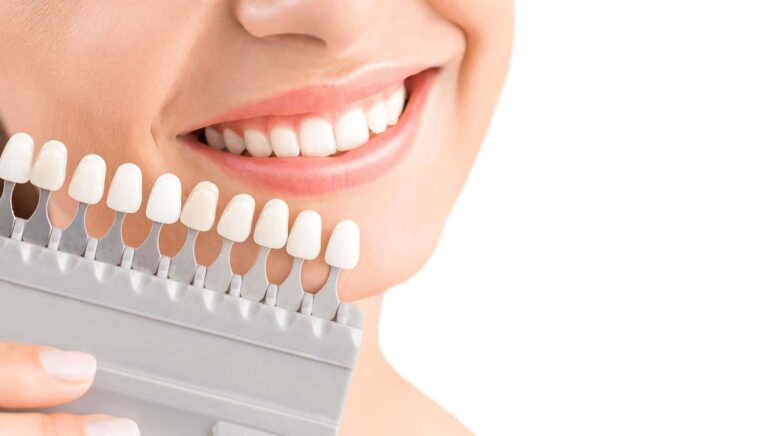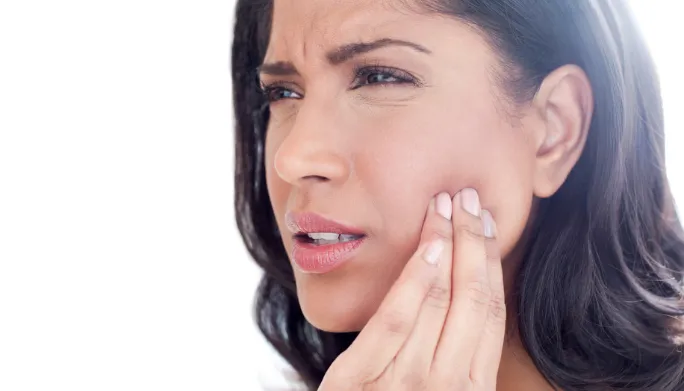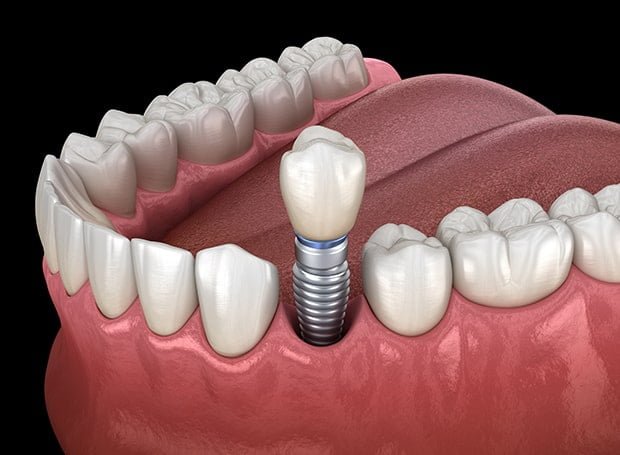5 Common Myths About Teeth Whitening Debunked
Teeth whitening is one of the most popular cosmetic dental treatments worldwide. It promises to brighten your smile and boost your confidence, but with its popularity comes a lot of misconceptions. If you’ve ever considered whitening your teeth, you’ve probably encountered several myths. Let’s debunk five common myths to help you make more informed decisions about your oral care.
1. Myth: Teeth Whitening Damages Your Teeth
A widespread myth is that teeth whitening treatments can cause long-term damage to your enamel. While it’s true that some whitening products, if used incorrectly, can cause tooth sensitivity or irritation to the gums, most professional whitening treatments are safe when administered properly. In-office whitening procedures performed by a dentist are especially designed to minimize risk, using controlled techniques and high-quality products. Over-the-counter products may pose more of a risk if used excessively, but they generally don’t damage your teeth when used as directed.
2. Myth: Whitening Results Are Permanent
Many people believe that teeth whitening results are permanent, but that’s not true. The whitening effect fades over time as your teeth are exposed to stains from food, drinks, and smoking. The longevity of the whitening depends on several factors, including your oral habits. For instance, drinking coffee or tea and smoking regularly can cause your teeth to yellow faster. Touch-up treatments are necessary to maintain the brightness, and most people need a whitening session every 6-12 months to keep their smile looking fresh.
3. Myth: Natural or DIY Whitening Solutions Are Just as Effective
In the quest for a whiter smile, some people turn to DIY teeth whitening solutions, such as using baking soda or activated charcoal. While these methods may provide temporary results, they are not as effective or safe as professional treatments. Baking soda, for example, can be abrasive and damage your enamel with regular use. Natural remedies often lack the power of the whitening agents used by professionals. Consulting with a dentist for a safe, customized solution is always a better option.
4. Myth: Teeth Whitening Works for Everyone
While teeth whitening is effective for many, it’s not a one-size-fits-all solution. People with certain dental conditions, such as severe gum disease or cavities, may not be suitable candidates for whitening treatments. Additionally, those with crowns, veneers, or fillings may not achieve the same results as those with natural teeth. The whitening agent doesn’t affect dental work in the same way it does natural enamel. A consultation with your dentist will help determine if whitening is a good option for you and if any adjustments are needed.
5. Myth: Whitening Will Make My Teeth Too White or Unnatural
There is a misconception that professional teeth whitening can make your teeth unnaturally white, often leading to a “chiclet” look. The truth is, dentists use advanced techniques to ensure that the results look natural and complement your facial features. Your dentist will select the right shade of white that enhances your smile without overdoing it. Teeth whitening procedures are designed to give you a radiant, natural-looking smile, not an overly artificial one.
Final Thoughts
Teeth whitening can dramatically improve your smile, but it’s essential to separate fact from fiction when considering this cosmetic treatment. While it’s a safe and effective procedure when done correctly, it’s crucial to understand the limits and realities of the treatment. Always consult with your dentist before starting any whitening procedure to ensure it’s the right option for you. By doing so, you’ll achieve the best results without falling for myths or misconceptions.
By dispelling these myths, we hope you feel more confident about your teeth whitening journey. Embrace your bright smile with the knowledge that you are making a well-informed decision!







